Nearly 50 grizzly bears have a new home this year, forced to move because they like your breakfast better than the wild’s berries. That’s two bears a week, every week, since hibernation ended in late spring.
The tally includes one wild Idaho yearling moved all the way to Texas in September to live in a wildlife sanctuary. It was sniffing around too close to too many campgrounds in Island Park, Idaho just outside of Yellowstone National Park.
Several dozen grizzlies, on the Endangered Species List until June 2017 then relisted September 2018, were moved due to conflicts with humans. The struggle only increased in the Greater Yellowstone region, a place many consider untamed but that is increasingly bordered by new ranchettes and subdivisions. More people visit seeking adventure, while wild creatures search for easy food sources.
It’s also a place where how we eat – and how bears eat – has changed profoundly through the decades.
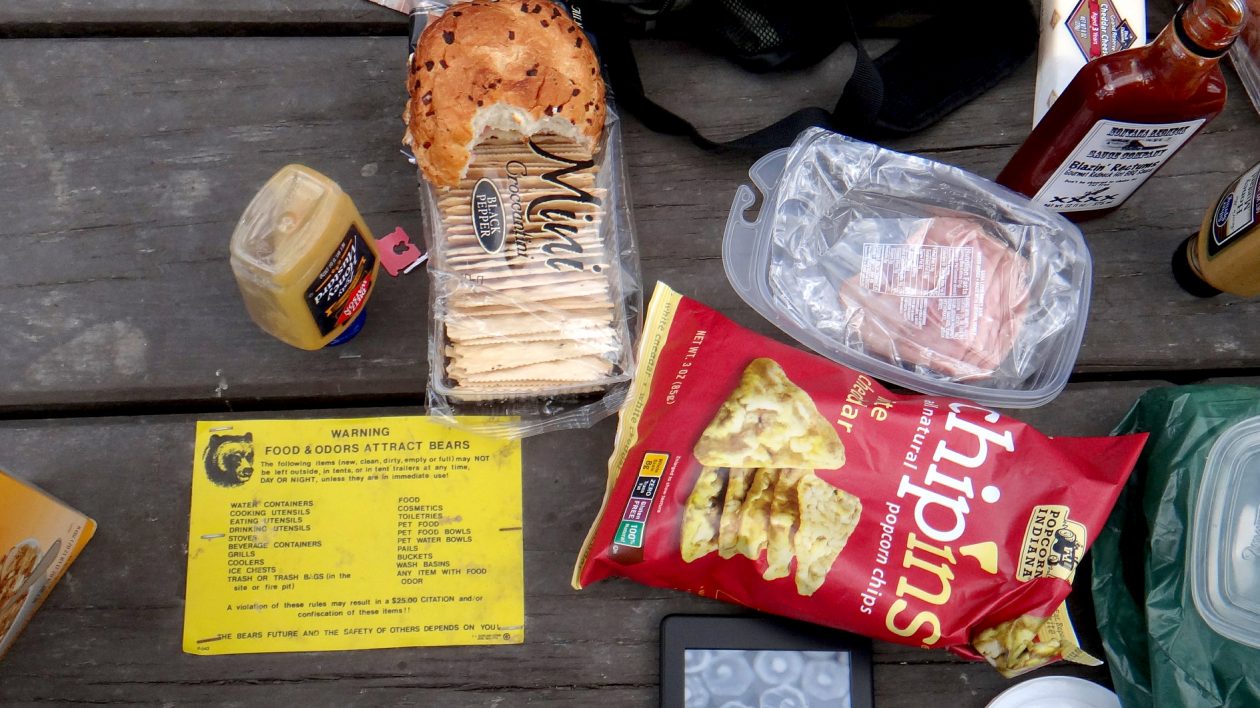
1940s: Hangout
In the 1940s, you went to Yellowstone to not only see bears, but to feed bears. It was a hangout for bears, both grizzly and black. If one wasn’t at your car door, one dozen were definitely at park dumpsites.
Yellowstone National Park rounded up rubbish for wild dining. Heaps of wasted second helpings spread like a buffet with benches around the border: a buffet for bears. One popular feeding spot was at the Old Faithful geyser. Tourists sat on benches not only to watch the geyser erupt, but to watch bears eating garbage.
Old, grainy, black and white footage of dumpsites is uncomfortable to watch today, but the routine made sense in its day. It was a way to rid the park of garbage, and to keep bears fed and people entertained.
People like Gerald Egbert. He lives in the Greater Yellowstone area, which includes Yellowstone National Park, Grand Teton National Park, and portions of Idaho, Montana and Wyoming. Egbert remembers bears at his picnic table near Yellowstone’s Madison Junction in the 1940s. He counted 25 to 30 bears a day during car visits, but none on his horse in the backcountry.
Egbert went into the park’s remote Bechler Meadows with a bunch of boys in 1945. He was 14. On the multi-day horse-packing trip, the boys ate wild fish and canned beans. And they did everything, but they didn’t worry about bears.
“We ran into buffalo, but we didn’t see bears on the interior,” Egbert says. “They were off to where they could get something to eat from the tourists.”
The park realized it had a problem with the circus-like concept of dumpsites a few decades later. Grizzlies were dependent on handouts and the people doing the handing out were on the deadly end of the exchange. In 1970, the park made open-pit garbage dumps disappear. Grizzly bears landed on the Endangered Species List in 1975.
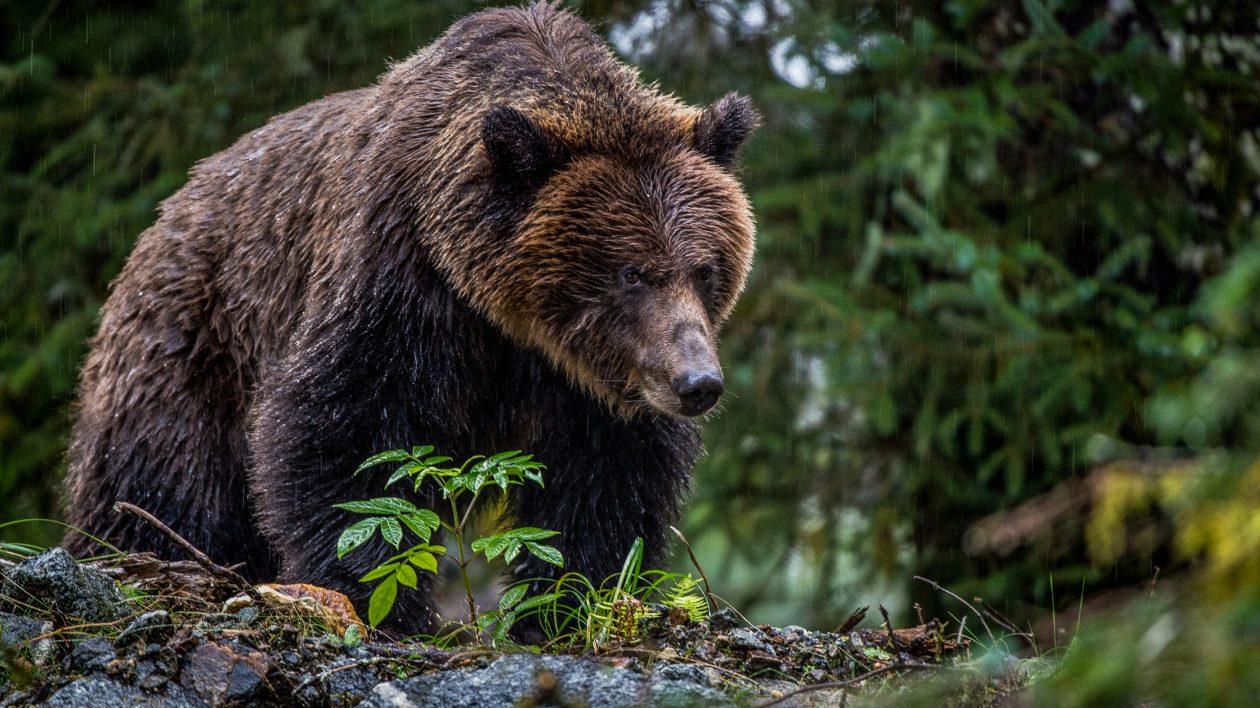
1990s: Hang On
The chances of seeing a grizzly in Yellowstone disappeared with the dumpsites. So did the grizzly population. Grizzlies were barely hanging on. They had three choices when the dumps closed. Starve and die, get in trouble and die, or learn to be wild and thrive. Many died. The population of grizzlies in the greater Yellowstone ecosystem shrunk to less than 200 by the 1980s.
Very few bears figured out how to feed themselves and the ones that did didn’t hang around people who didn’t feed them anymore.
The abrupt end to bear feeding was called to question by some researchers, most notably the brothers John and Frank Craighead. When a bear killed 25-year-old Harry Walker, they were called to testify – a riveting story told in the recent book Engineering Eden by Jordan Fisher Smith.
Bear-proof camping was officially on record in the park, but most people didn’t know it. Bryan Vohs didn’t know it. He took a scout troop into Bechler Meadows in the 1990s. The same place Egbert visited five decades earlier.
Vohs certainly didn’t feed bears, but he didn’t see any either. The one ranger at the park’s backcountry Bechler Ranger Station entrance issued only one warning. High water.
“Grizzlies weren’t even an issue we thought about,” Vohs says. “We didn’t hang food. We didn’t carry bear spray.”
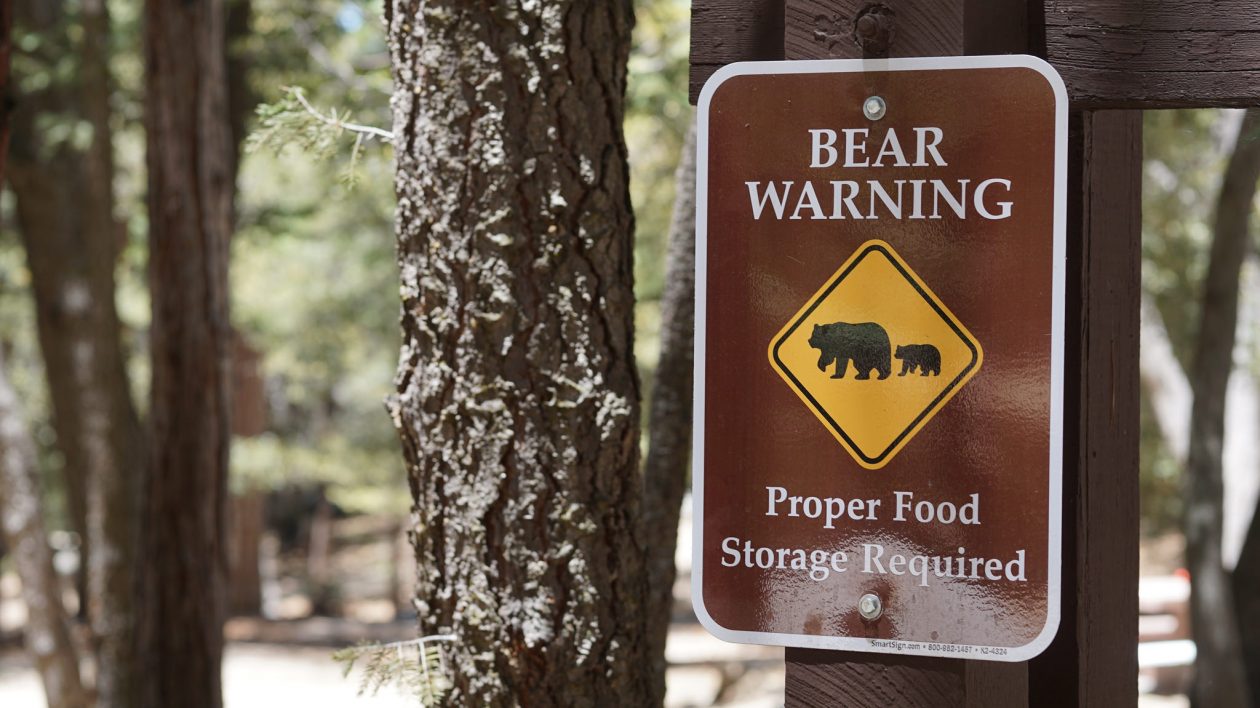
2018: Hang Up
Now humans hang food and carry bear spray. The spray conveniently rides on hip or in hand. The hanging is not so convenient. The mandatory chore of hanging food in Bechler Meadows takes chunks of time daily. Time Egbert didn’t give up in the 1940s. Time Vohs didn’t give up in the 1990s. Time Thomas Baumeister must give up now.
“Fifty percent or more of our time is related to bears,” says Baumeister, Access Wild co-owner and outfitter. “All of this hanging business, sanitizing, picking up dropped food, it’s all for bears.”
All scents must be secured out of reach. Way out of reach. Swinging ten feet high with four feet of anti-climb clearance on the sides and no one nearby. Once the stash of food, fresh and wasted, is hoisted high at bedtime, campers hike 100 yards away from it and crawl in tents.
In Baumeister’s camp, those tents have sentinel llamas staked nearby. If a grizzly comes through camp, llamas sound their crazy call and everyone knows there’s an unwanted visitor sniffing around.
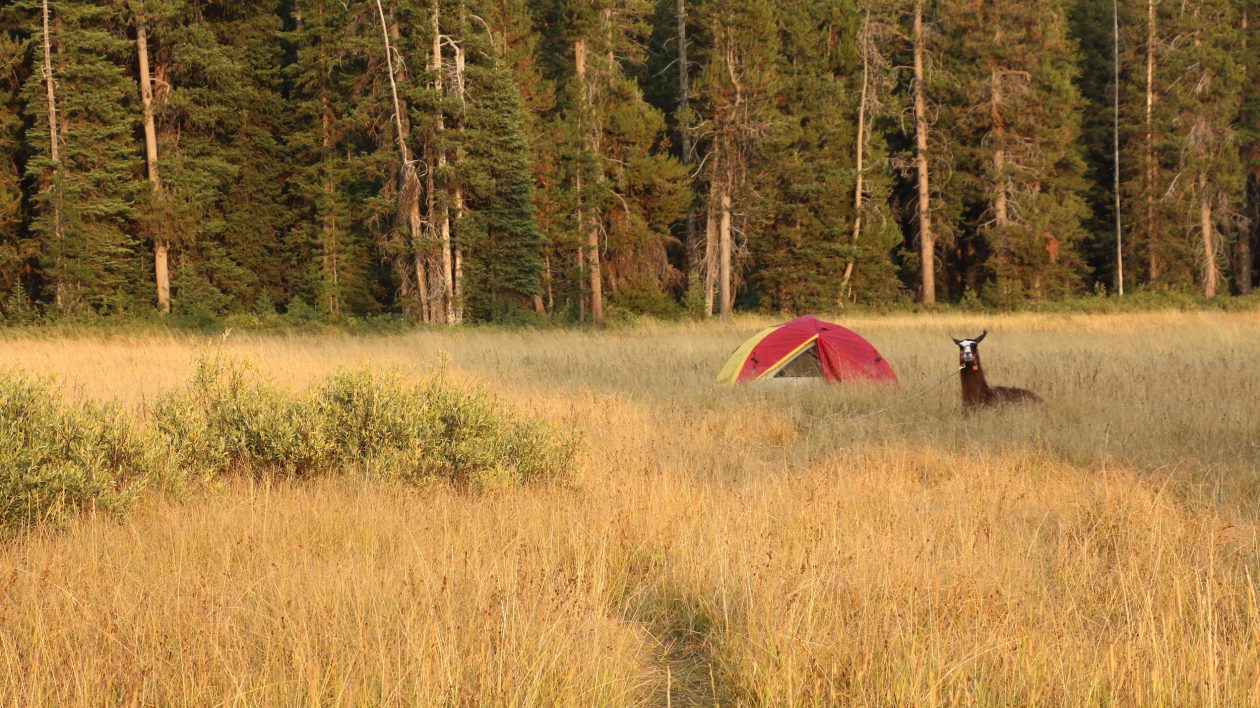
With nothing edible within reach, there’s no reason to stay for a spray of pepper. The grizz moves on. The days of easy garbage grabs are gone. The genetics of modern-day grizzlies are about two generations passed dumpsites, but the smell of edibles is forever on the forefront as grizzlies continue to find their wild side in the West.
“What a privilege to be in a place like this and to have grizzlies in a place like this,” Baumeister says. “The changes are an inconvenience, but I’m happy to pay that price knowing we have this wildness.”
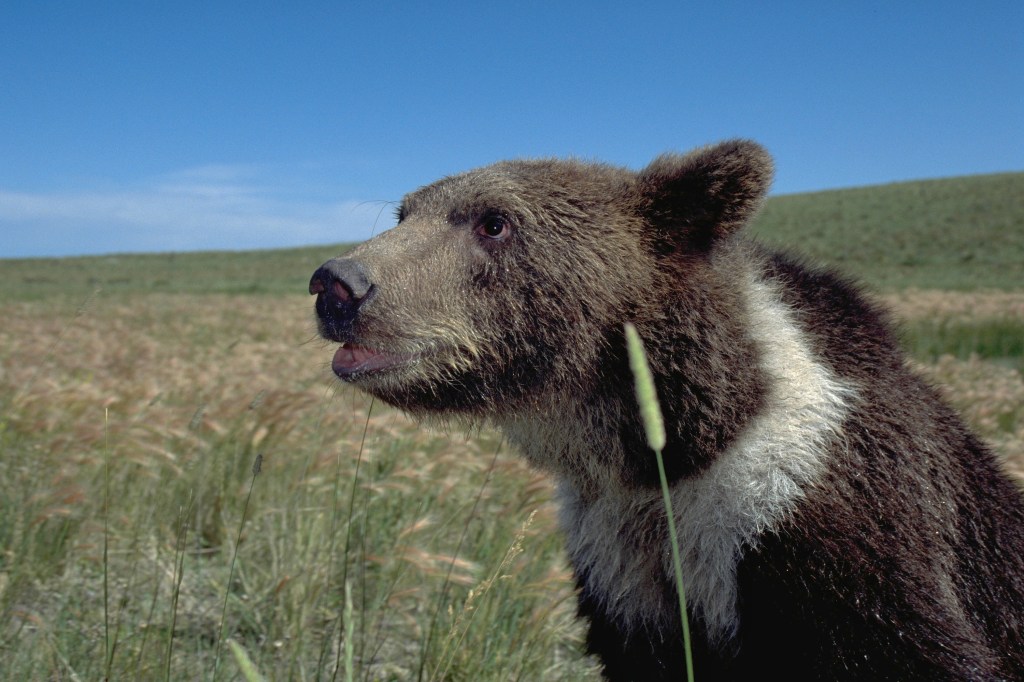



Seems a good reason to take llamas camping! I realized they are used as guards against predators with livestock – so I guess it only follows that they would be good “watchdogs” when camping near bears. Interesting article.